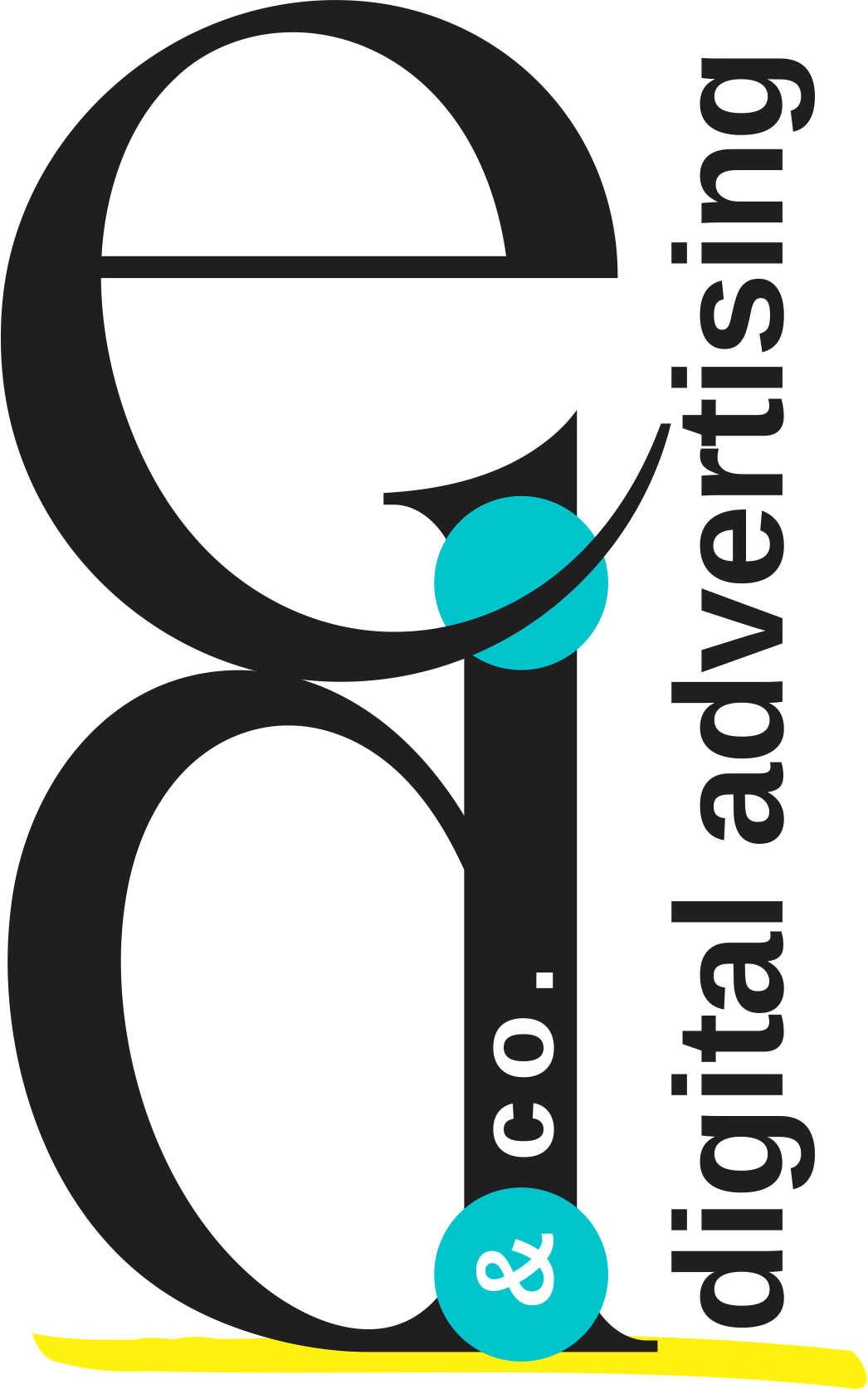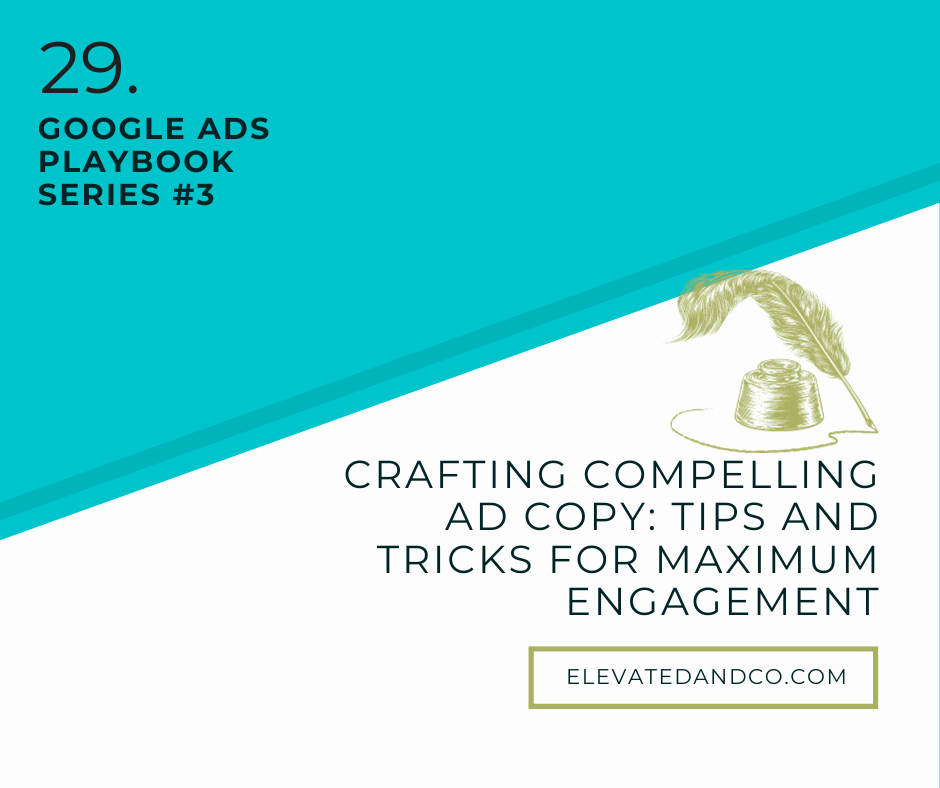The ability to craft compelling messages stands out as a critical skill. The right words, structured effectively, can differentiate between an ad that merely occupies space and genuinely resonates with its intended audience. The significance of persuasive ad copy, therefore, must be considered. The bridge connects businesses to potential customers, conveying value propositions, evoking emotions, and prompting decisive actions.
The Dominance of Google Ads
Google Ads, a titan in online advertising, offers unparalleled reach, targeting capabilities, and analytical insights. But its true strength lies in its user-centric approach. Google Ads prioritizes relevance and user experience, ensuring that ads are seen, engaged, and inspired. For businesses, this means an opportunity to connect with audiences in meaningful ways, to present solutions to their needs, and to drive them towards desired outcomes.
Harnessing Insights for Maximum Impact
To truly leverage the power of Google Ads, businesses must delve deep into its insights and recommendations. Crafting ad copy that captures attention is just the starting point; the end goal is to drive action. This requires understanding audience behaviors, preferences, and pain points. By harnessing the rich data and tools Google Ads provides, advertisers can refine their messages, optimize their campaigns, and ensure that every word in their ad copy works towards achieving their business objectives.
The Art of Persuasive Ad Copy
Understanding your audience is the cornerstone of effective advertising. By addressing questions like “Why might users search for your product?” or “What do customers achieve with your company?”, you can tailor your ad copy to resonate deeply with potential customers.
Technicalities of Writing Compelling Headlines and Descriptions
- Multiple Headlines: Google Ads allows advertisers to write up to three headlines for an ad. This provides an opportunity to convey different aspects of your offering. For instance, if you’re advertising a sale, one headline could mention the discount, the second could highlight a popular product, and the third could introduce a call to action.
- Incorporate Keywords: It’s essential to include keywords in your ad copy. When a user’s search term matches the keyword in your ad, Google Ads automatically bolds it, making your ad stand out. For instance, if “interior design” is your keyword, an ad headline like “Top Interior Design Solutions” would be compelling.
- Descriptive Lines with Keywords: Google Ads recommends using your keyword in one of the descriptive lines. This ensures that your ad remains relevant to the user’s search and can improve your ad’s performance.
- Compelling Calls to Action: A clear call to action (CTA) guides users on the next steps. Using compelling CTAs like “Buy Now,” “Learn More,” or “Get Started” can significantly increase click-through rates.
- Sense of Urgency: Creating a sense of urgency can motivate users to act immediately. Phrases like “Limited Offer” or “Sale Ends Today” can be powerful drivers of user action.
- Ensure Relevance: The landing page you’re directing users to should align with your ad copy. If your ad promises a discount, the landing page should showcase that discount.
- Test Multiple Descriptions: Google Ads allows two 90-character descriptions. This space can be used to highlight benefits, features, or offers. For instance, “Free shipping on orders over $50” or “Expert designers to transform your space.”
- Path Fields: While the display URL is derived from your final URL, you can customize the path to make it more relevant to your ad’s content. For instance, if you advertise interior design services, your path could be “/InteriorDesign.”
- Continuous Refinement: Google Ads encourages A/B testing of different ad copies. You can refine your strategy and optimize for better results by analyzing which ad performs better.
Incorporating these technicalities and best practices from Google Ads resources ensures that your ad copy is compelling and optimized for maximum engagement. By blending art with technique, advertisers can craft ads that resonate deeply with their target audience and drive meaningful actions.

